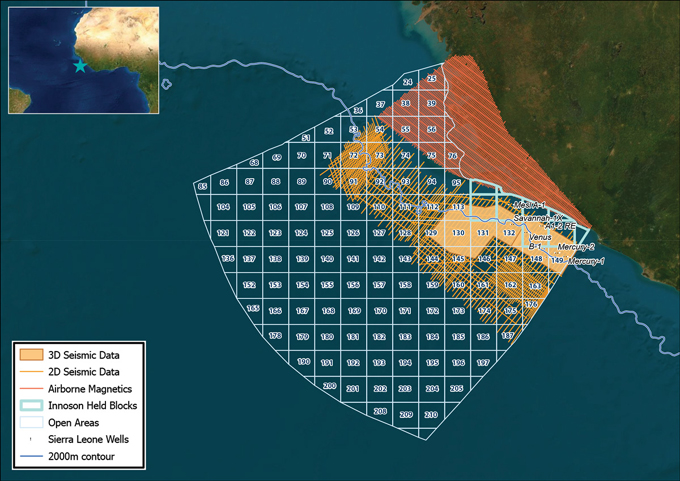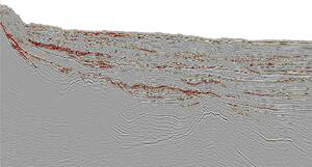In May 2022, the Petroleum Directorate of Sierra Leone (PSDL) launched its 5th License Round. It also reiterated an 8-point plan to streamline the petroleum license process and provide an investment environment to encourage international O&G companies to explore Sierra Leone's offshore waters. Studies of the extensive seismic coverage in the area indicate potential multi-billion barrel prospects, presenting an exceptional exploration opportunity.
In total over 63,643 km² of open acreage is being made available in the fifth round, delineated into 56 blocks with each block covering approximately 1,360 km². The Directorate has indicated that a minimum of three of these graticular blocks constitute a Contract Area.
In September 2022, the Government of Sierra Leone, through the PDSL, announced an extension of the timeframe for the Republic of Sierra Leone’s 5th Offshore License Round. Enhanced interest in West Africa's upstream petroleum sector due to the sustained increase in the price of crude oil was cited. It is hoped that this extension will accommodate the increased interest from International and National Oil Companies and provide them with the time needed to complete their G&G analysis.
The deadline for the submission of a formal bid is now extended to Friday, January 27th, 2023 at 12:00GMT. This will allow interested companies to become pre-qualified and complete their technical evaluation.

Map source: TGS
Data Availability
Seismic
- Sierra Leone Fusion 3D 2014 Repro PSTM = 7,121 sqkm
- Sierra Leone Mabesi 3D PSTM = 4,071 sqkm
- Sierra Leone 2D 2001 PSDM = 5,784 km incl gravmag
- Sierra Leone 2D infill 2013 PSDM = 10,487 km incl gravmag
- Sierra Leone transition Airborne magnetics
Wells
| A-1 | 1982 | Dry |
| A1-2 | 1985 | Dry |
| Venus-B1 | 2009 | Condensate |
| Mercury-1 | 2010 | Oil & Condensate |
| Mercury-2 | 2011 | Oil & Gas Show |
| Jupiter-1 | 2011 | Condensate |
| Djembe-1 | 2012 | Dry |
| Savannah-1X | 2012 | Oil |
Interpretation products available from PDSL and TGS
So far there have been eight wells to test the deepwater setting in the continental slope. All have been submarine fan systems with prominent AVO anomalies. There is further evidence to suggest that there are also completely untested opportunities for commercial discoveries in the basin floor fans as well as in the more proximal northern domain of the Sierra Leone basin, for all see Figure 1. Another example of an unexplored play concept can be found in the perched basins, as depicted in Figure 2. These formed during the transpressional events during the rifting and micro plate rotations.

Figure 1. 3D Time Dip Line Southeast

Figure 2. 2D Depth Dip Line Northeast Horizon Cretaceous Marker
The perched basins are bounded by the outer high that in places controls the formation of structural traps. The water depth ranges are favorable for drilling with the deepest perched basins sitting in approximately 2400 m of water with a series of different trap types. The syn-rift contains many structural traps, and the erosion of these sediments indicates sea-level fall, thus allowing for deposition of shallower water sand-prone sediments within the perched rift basin. Examples of these shallower water sediments include braided channels and fan systems within stratigraphic pinch-out traps. The presence of progrades up-dip also implies that sand-prone fan systems are present in this perched rift basin.
Ben Sayers, David Contreras and Ahmed Tejan Bah give an overview on the oil and gas prospectivity of Sierra Leone. Read the full article here.
KeyFactsEnergy Industry Directory: TGS
 KEYFACT Energy
KEYFACT Energy